Pathfinder
Features
Robust Import Options
Pathfinder provides support for the import of Autodesk formats DXF and DWG, buildingSMART's IFC format for BIM, as well as DWG, FBX, DAE, and OBJ. Pathfinder's floor extraction tool makes it possible to quickly use the imported geometry to define the occupant walking space for the evacuation model. Import Type specifications allow automatic model generation to apply correct object types.
If you have a blueprint, it can be imported in GIF, JPG, or PNG format and then used as a background to help you rapidly draw your model directly over the image.
Continuous Movement Mesh
Pathfinder uses a 3D triangulated mesh to represent the model geometry. As a result, Pathfinder can accurately represent geometric details and curves.
Triangulation also facilitates continuous movement of persons throughout the model, compared to other simulators that subdivide the space into cells that can artificially constrain the movement of occupants.
Multiple Simulation Modes
Pathfinder supports two simulation modes. In Steering mode, agents proceed independently to their goal, while avoiding other occupants and obstacles. Door flow rates are not specified but result from the interaction of occupants with each other and with boundaries. In SFPE mode, agents use behaviors that follow SFPE guidelines, with density-dependent walking speeds and flow limits to doors. SFPE results provide a useful baseline for comparison with other results, but SFPE calculations do not prevent multiple persons occupying the same space.
Optionally, Pathfinder allows you to specify door flow rates in steering mode to obtain superior visualization in a constrained model. You can freely switch between modes in the Pathfinder user interface.
Occupant Movement to Exits
By default, each occupant (agent) uses a combination of parameters to select their current path to an exit. The parameters include: queue times for each door of the current room, the time to travel to each door of the current room, the estimated time from each door to the exit, and the distance already traveled in the room. The agent responds dynamically to changing queues, door openings/closures, and changes in room speed constraints (simulating smoke and debris). The user can modify the default parameter weights to change the behavior. For example, occupants can neglect queues and only look for the closest exit.
Alternately, occupants can be assigned specific goals (such as, go to a location and wait) or specific exits. For example, most occupants of lower floors can be assigned to use stairs, while most occupants of higher floors can be assigned to use elevators.
High-quality 3D Visualization
Pathfinder includes human models that represent a range of cultures, ages, attire, and emergency responders. Combined with the ability to import custom human and vehicle models, these make it possible to realistically portray the population group of interest. Because we use a dynamic level-of-detail to display the models, Pathfinder can smoothly animate tens of thousands of people in real time using a standard graphics card.
Pathfinder provides easy tools to edit and export video files with custom camera tracking, data visualization, and configuration management. These same tools can be used in conjunction with virtual reality hardware such as HTC Vive, Oculus Rift, and more.
Movement Groups
Connect families, coworkers, students, or other groups of occupants into groups that will seek each other and maintain a minimum distance apart. These groups can be formed with a leader profile for organized group evacuations or for non-evacuation purposes such as a tour guide through a museum. If one member is too far away, grouped occupants can become disconnected and will slow down to allow the disconnected member to catch up. In crowded environments, this effect is lessened as occupants realize the need to keep traffic moving.
Easy to Understand Contour Plots
Contour plots can add data visualization overlays, such as occupant density, to the floor surfaces, occupant movement trails, or the occupant models of your simulation for a quick and easy to understand view of results. Smooth playback enables this information in real-time.
Available plots include density, usage, level of service and others. Each of these can be customized by modifying options such as the number of buckets, highlighted values, fading, value ranges, color shading, and feathering.
Assisted Evacuation
Occupants with special mobility needs can be modelled with wheelchair and hospital beds to be evacuated by designated assistants. These models include full animation for realistic results. Separate evacuation teams can focus on assisting specific groups of individuals.
Create custom vehicles for more aided mobility possibilities. Vehicles have configurable vertices and assistant attachment points to create unique shapes physical properties.
Occupant Sources
Dynamically add occupants to a model based on a predetermined flow rate table. This functionality allows models to have sources of new occupants entering throughout various times, to simulate the incoming traffic flow from entrances outside of the simulated area.
Elevators
Pathfinder gives you the flexibility to evaluate evacuation options using elevators. Each elevator has a priority list of pickup floors and a discharge floor. People can move directly to the closest elevator or be directed to go to a refuge floor and wait until evacuated by elevator. Emergency responders can control selected elevators to carry them to desired locations.
A call to an elevator is initiated by a queue at the elevator door. Elevators can be grouped in banks to respond to calls.
Customizable Populations
Each person in the model acts as an agent with their own profile (such as size and walking speed) and their own behavior (such as exits, waits, and waypoints). Based on their characteristics, each person uses their local environment to make decisions on exit paths. For example, people can dynamically avoid long queues or respond to the closure of doors.
Multiple profiles can be created and assigned to different populations., which can even be dynamically switched based on behavior actions. Parameters in each profile can be described using constant, uniform, standard normal, or log normal distributions. For example, profiles representing children and adults can be created and then the population can be assigned to be 80% adult and 20% children. Similarly, multiple different behaviors can be created and assigned to populations. People may have different exit goals and may proceed to waypoints or wait before proceeding. These behaviors can be designed to change over time.
Fundamental Diagram Customization
By default, Pathfinder uses the fundamental diagram from SFPE to provide the user with a speed-density relationship that has wide acceptance and conservative estimations. However, there are other proposed fundamental diagrams. With the proper data points from a given diagram, a Pathfinder agent profile can be configured to model any speed-density curve.
Detailed Data Output
A summary output file includes min, max, and average exit times and first-in and first-out times for rooms and doors. Detailed information is available in CSV files, including movement of individual people, jam time, and sample point data.
In addition to the 3D display, charts of room occupancy and door flow rates help you quickly evaluate points of congestion.
Monte Carlo Simulation
By randomly adjusting model parameters between distributed values across hundreds or thousands of simulations, Pathfinder provides a Monte Carlo tool for sensitivity analyses. The Monte Carlo simulation tool allows the user to configure distributed occupant positions, profiles, and door delays. These distributions can be normal, uniform, and logarithmic.
Once the simulation manager has completed all the various model cases, a gnuplot of occupant evacuation completion times and travel distances is presented to the user.
FDS Results Import
With smoke and fire data imported from FDS results, Pathfinder can demonstrate areas of high danger by tracking occupant Fractional Effective Does (FED) of contaminants. This information is exported to a CSV file.
The smoke and fire is visually rendered in 3D simultaneously with the occupant evacuation. Additional visual analyses such as 2D/3D slices, particles, and boundary layers can be included. The 3D results viewer displays this in real-time.
Queues
Paths and Services are the components which comprise Queues. By designing queues into a model, occupants will wait in line for their objective. This allows users to better simulate behaviors at airports, restaurants, amusement parks, and more.
More complex queueing can involve Queue Groups of multiple queues. A Behavior step can target the Queue Group instead of a single queue and the occupants will use pathing logic to determine the best option for themselves. An example might include airport security, where occupants determine which bag check queue to enter. This allows for less scripted movement choices while providing natural movement behavior.
Attractors
Attractors allow occupants to interact with objectives outside of their main behavior. Examples include airline passengers tempted by a cafe on their way to their gate, museum attendees swayed to visit the gift shop, or subway commuters with a spare minute to use the restroom before their departure. In each of these scenarios, there is some percentage of the population which will be attracted to a secondary objective.
The attractor itself defines the source upon which occupants may change their behavior, the awareness occupants will have of the attractor, and what behavior to take once they have committed to the attractor. Once occupants are aware, they will only engage with the attractor based on its influence and the susceptibility defined by their profile. These are both defined by percentages which combine to give a probability that an individual occupant will engage with the attractor. There are separate susceptibility parameters for seeking and waiting behavior.
Targets
Targets allow seat modeling for entertainment venues such as stadiums, auditoriums, or theaters as well as waiting lobbies for medical, commercial, or transit locations. Occupant targets represent a 1-person location which can be reserved by an occupant through a behavior action. This location remains assigned to the occupant even if they temporarily depart, unless a behavior action triggers them to Abandon the target.
Occupants begin by requesting a target reservation. They might only be able to select targets from a defined subset, or they are able to select any available targets. They may prefer higher or lower priority value targets, or have no preference for priority at all. Secondarily, occupants may prefer to travel a lower distance to a target among their preferred priority. Pathfinder considers all of these variables for all occupants currently seeking a target and will make assignments accordingly.
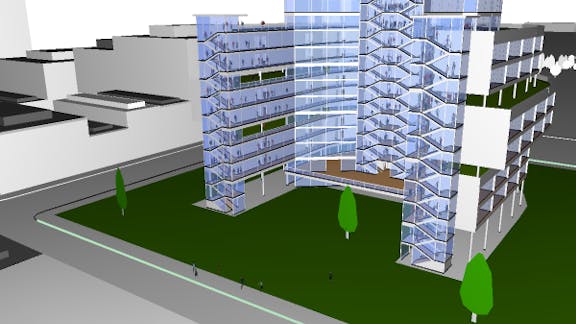
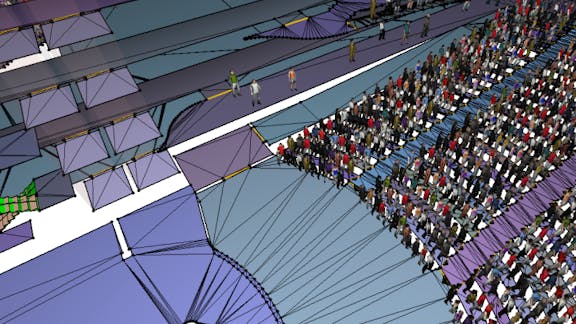
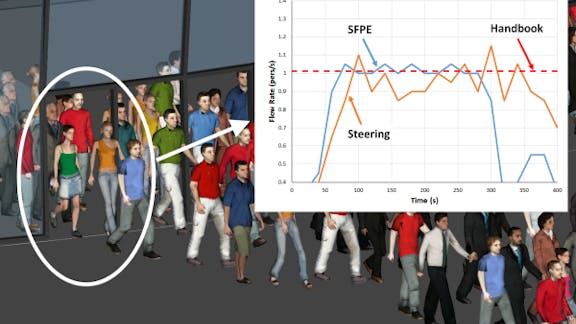
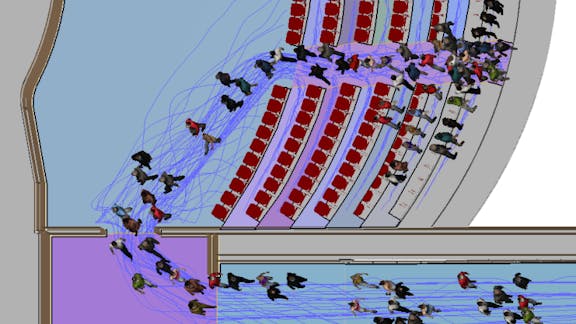
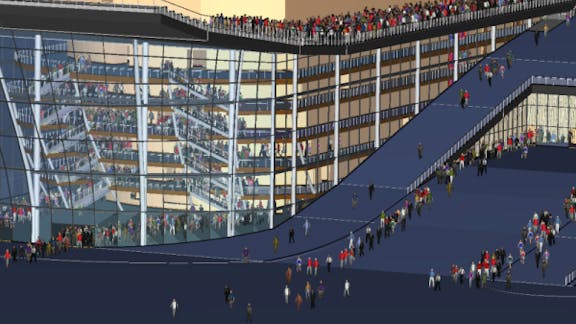
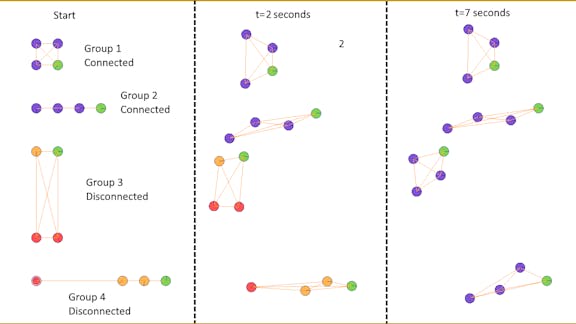
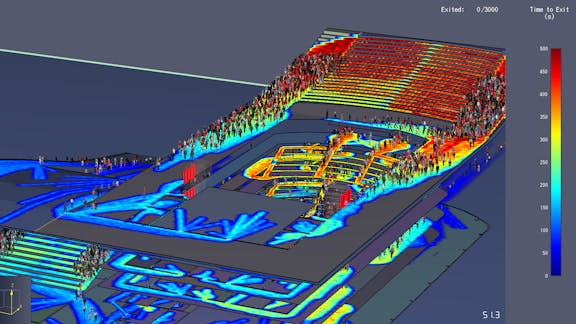
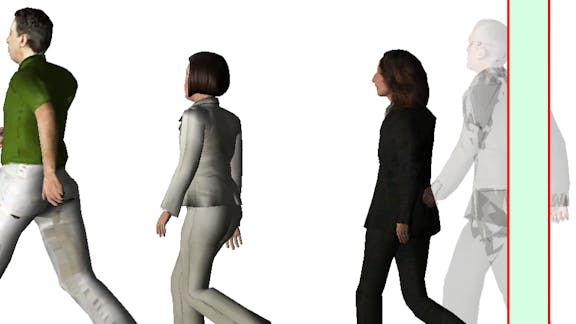
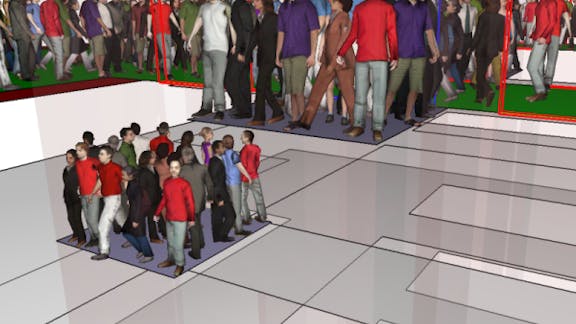

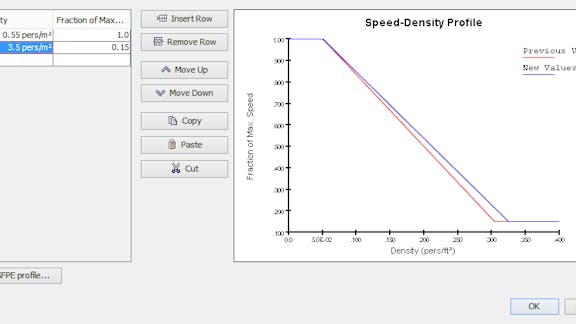
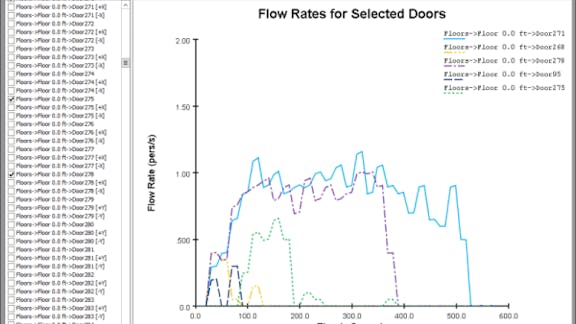
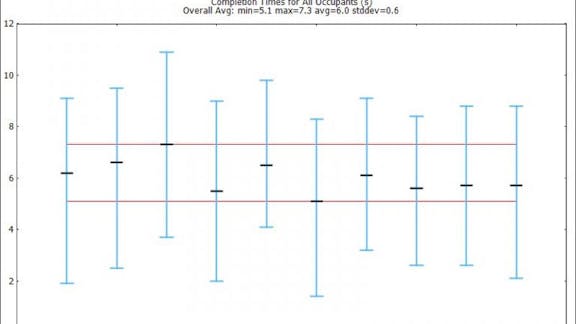
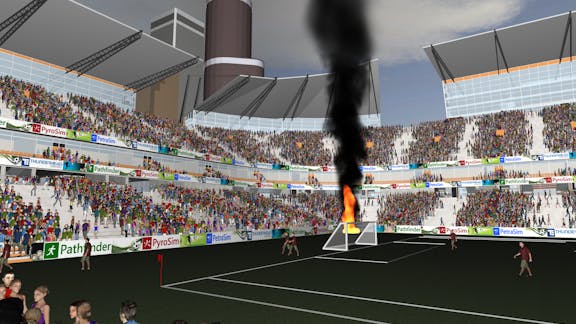
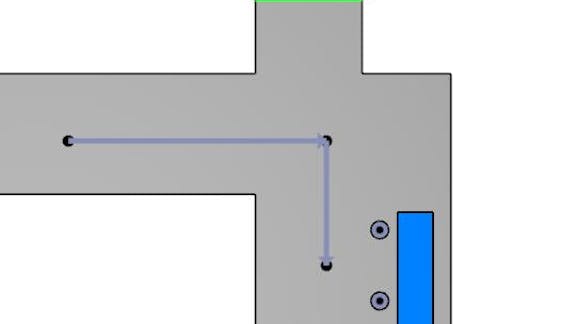
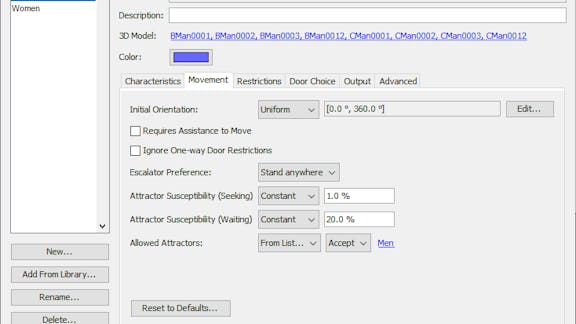
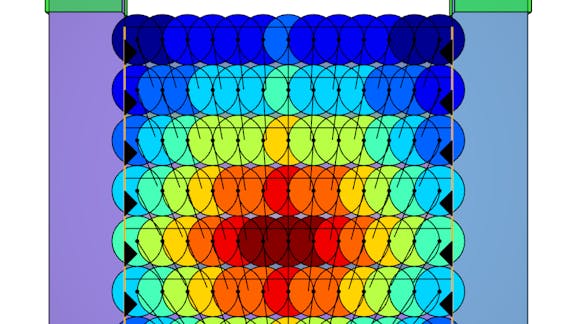
Social Distance Behavior
To address pandemic social behavior responses, Pathfinder enables the simulation of forced separation. This allows models to reflect changing social norms regarding distance and grouping.
Analysis tools provide visual and recorded information to investigate areas where occupants are forced into more dense and populated spaces.